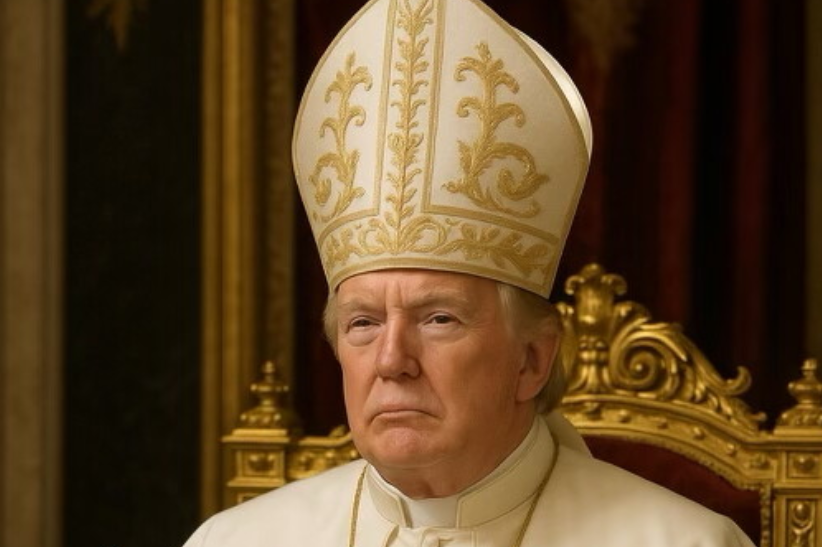
U.S. and China Announce “Deal” (Or Maybe Just a Vague Agreement to Keep Talking)
In a stunning display of diplomatic ambiguity, the U.S. and China emerged from trade talks in Switzerland on Sunday with… something. The White House called it a “deal.” China called it “important consensus.” And everyone else called it “we’ll believe it when we see it.”
The “Breakthrough” (Terms and Conditions Apply)
- U.S. Claim: “We have a deal!” (No details provided, naturally.)
- China’s Version: “We reached a consensus!” (Also no details, but with more communist flair.)
- Reality: Both sides agreed to… keep talking. Groundbreaking.
China’s Vice Premier He Lifeng insisted the talks “achieved substantial progress”—which, in trade-war terms, translates to “nobody stormed out this time.” He also warned, “China doesn’t want a trade war, but we’ll fight to the end if forced.” (Translation: “Our tariffs can hurt you more than your tariffs hurt us.”)
The Tariff Tug-of-War
Just days ago, Trump floated cutting China tariffs from 145% to 80%—a “generous” offer that still qualifies as economically radioactive. Now, after two days of talks:
- U.S. Trade Rep Jamieson Greer: “It’s a deal!”
- Treasury Secretary Scott Bessent: “We made substantial progress!” (Someone check if these two are in the same room.)
Meanwhile, China promised a joint statement Monday, likely filled with phrases like “mutual respect” and “win-win outcomes”—diplomatic code for “we’ll pretend this wasn’t a total waste of time.”
Why This “Deal” Matters (Or Doesn’t)
- For the U.S.: A chance to avoid total supply chain chaos before the 2024 election.
- For China: A face-saving way to ease tariffs without looking weak.
- For Consumers: Still probably screwed, since neither side actually committed to anything concrete.
The Bigger Picture
This “progress” comes after:
- Trump’s 145% tariffs triggered China’s 125% retaliation.
- Companies warned of price hikes and shortages.
- Both economies realized maybe mutually assured destruction isn’t the best trade policy.
Next: Wait for Monday’s joint statement—or, more likely, another round of “productive discussions” that go nowhere.





